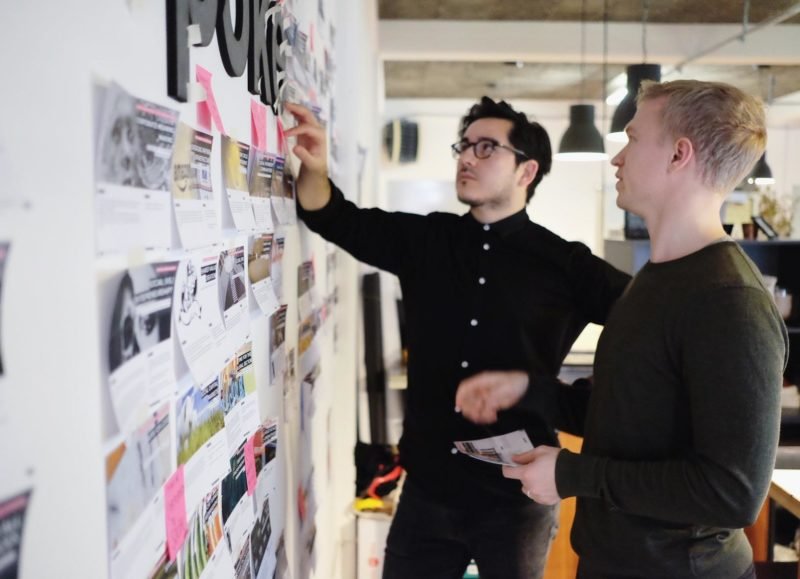Trend 4: Brands Love Future Cities
Last year the Danish architect Bjarke Ingels was signed to introduce Audi to the world of urbanism and architecture. Audi, that launched the Audi Urban Future program, needed a key figure in the world of architecture to help the brand explore this discipline. Audi is not the only company. The car brand competes with loads of other world-leading corporations for the attention of urban enthusiasts and city dwellers. Why are so many brands suddenly interested in ‘future cities’? Because cities are the future.

Whereas Audi launched its Urban Future Initiative, BMW partnered up with the Guggenheim Museum in the BMW Guggenheim Lab, a mobile laboratory that will travel to nine major world cities over six years. The BMW Guggenheim Lab will address issues of contemporary urban life through programs and debates and wants to explore new ideas and forward-thinking solutions for urban life.

Additionally, Smart has traveled around Europe with its Smart Urban Stage, organizing lots of city-related events and a series of exhibitions around the Smart Future Minds Award competition. To make the trend complete, Volkswagen ran its Fun Theory campaign, in which it aims to improve the city and behavior in public space by making it more fun.

Car brands obviously seek for future city scenarios as they have to come up with alternative solutions for post-oil mobility. But also other brands like to flirt openly with the urbanism while inspiring the world with new future city thinking programs. Philips launched its remarkable Livable Cities Award to promote meaningful innovation in cities around the world. Siemens is working on a Sustainable Cities program in which it tests future technology to make the world more environmentally friendly, and IBM focuses on the Smarter Cities as part of their Smarter Planet program.

Contrary to the car manufacturers, technology brands like Philips, IBM and Siemens are relatively new players in the urban discipline. Their sudden interest in the city is probably explained by the quick rise of the so-called ‘smart city’ — the city that’s increasingly driven by technology and phenomena like the Internet of Things.
Business would not be business if all these future city programs would not be part of long-term company strategies. Brands are pre-promoting themselves in the urban profession and show their engagement. We believe that these powerful brands will have a substantial impact on how the city is produced in a couple of years. These urbanism-related programs might look trendy for now, but could be the start new developments in urbanism.
This article belongs to the Top 10 Trends For 2012. Reflecting on what we’ve written in 2011 and looking into the new year, we’ve compiled a fresh list of remarkable trends that we consider to be important for our cities in 2012.



